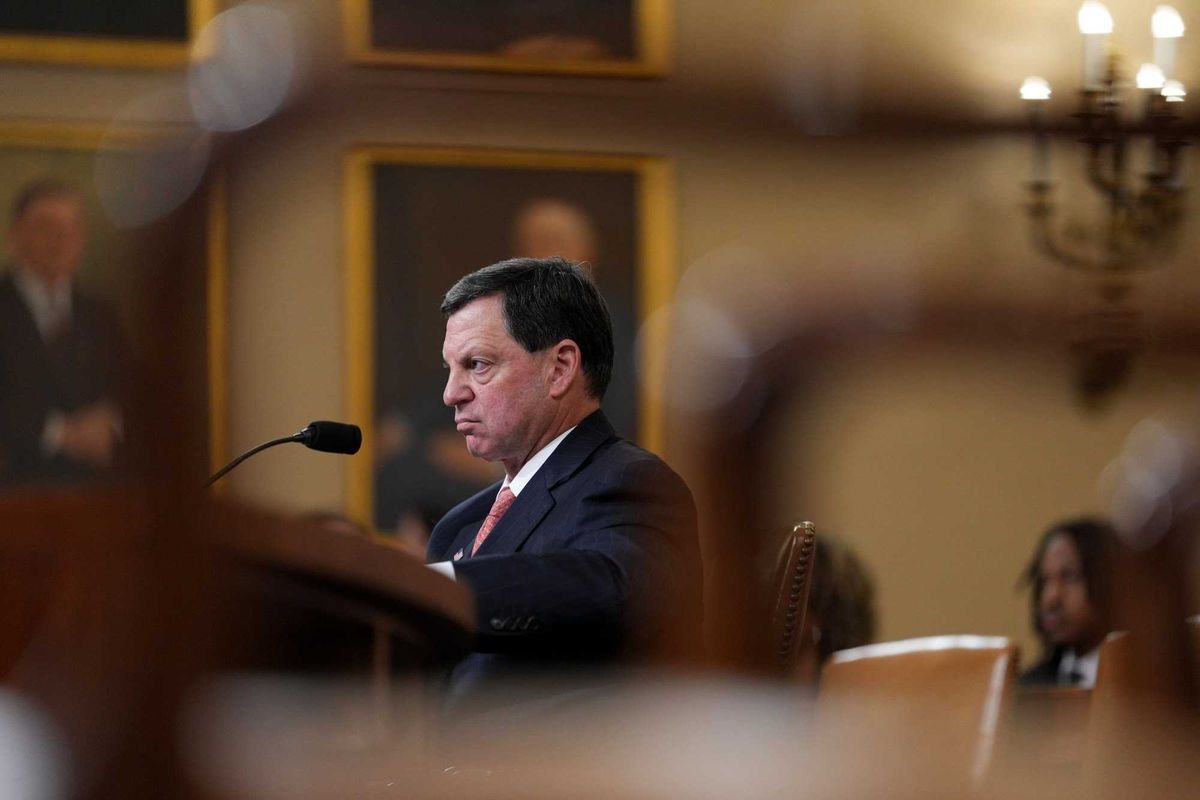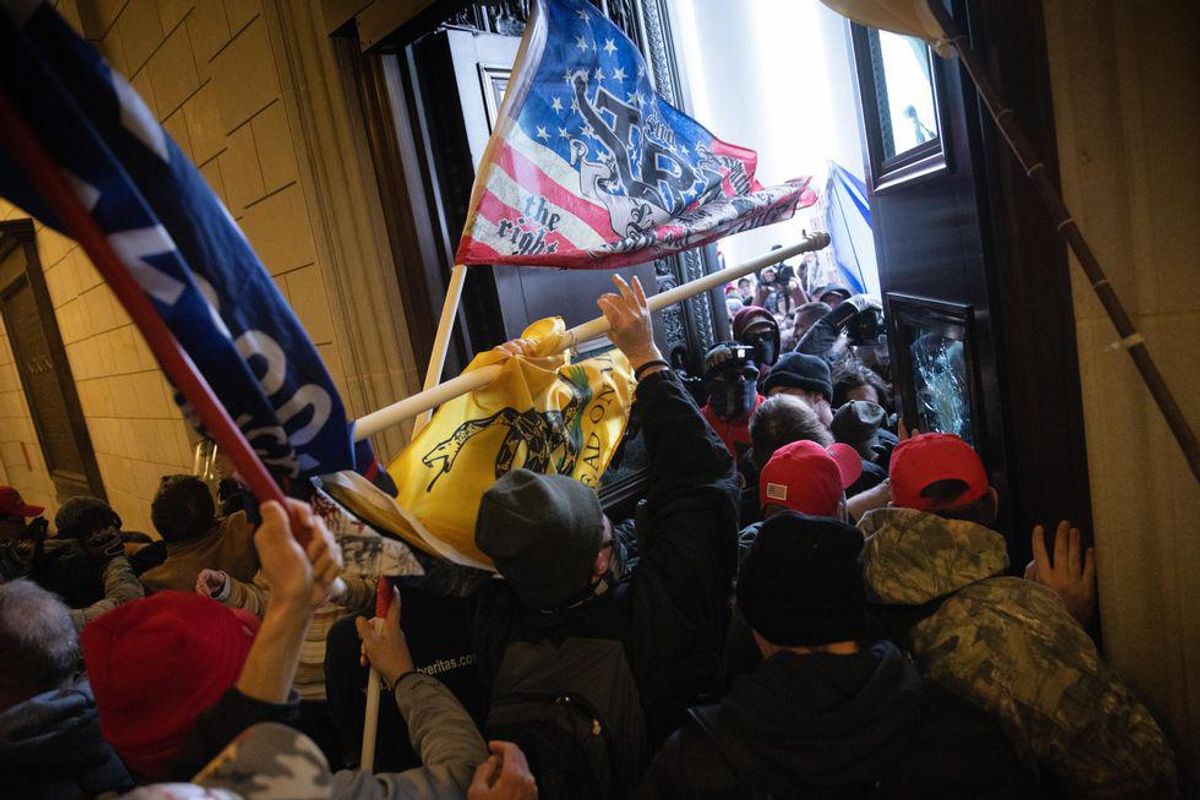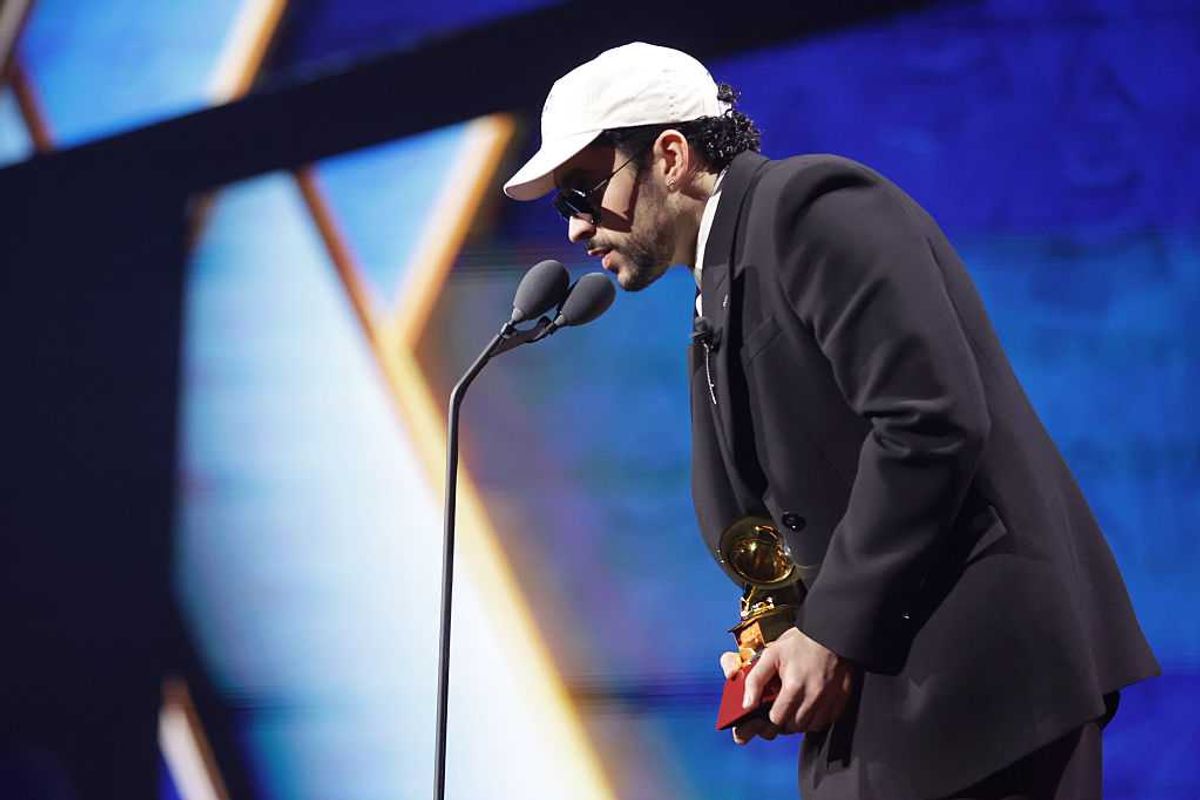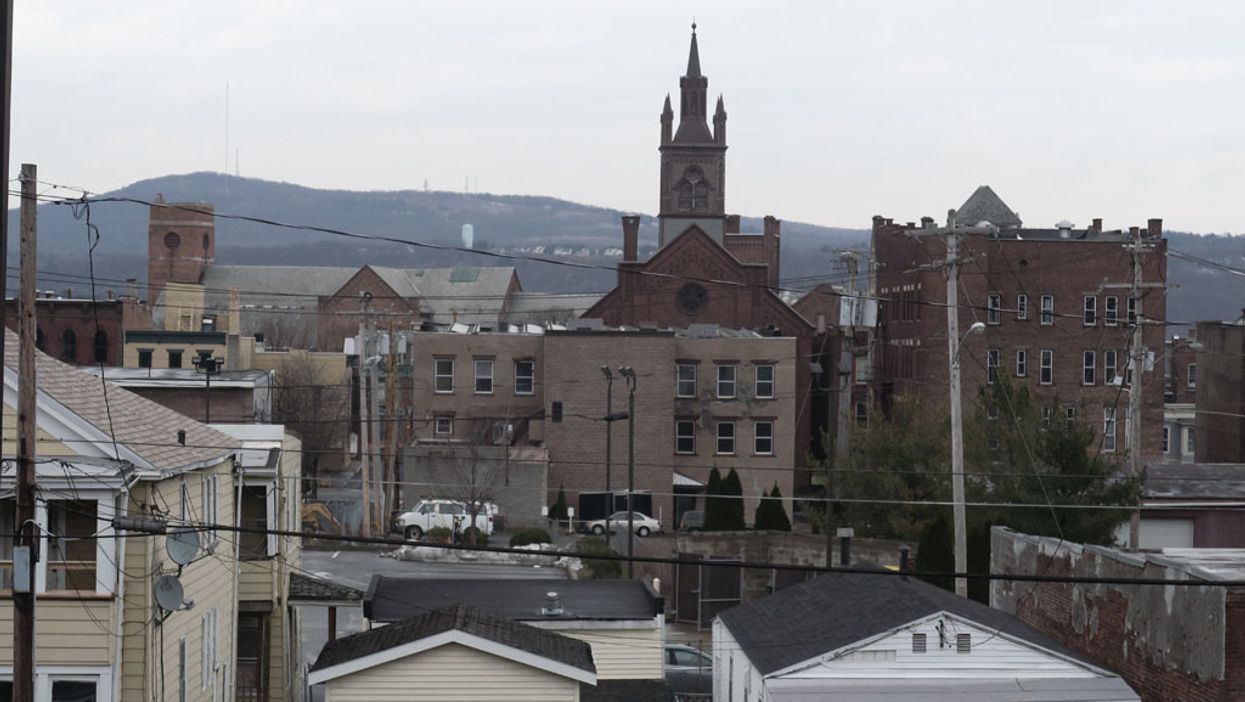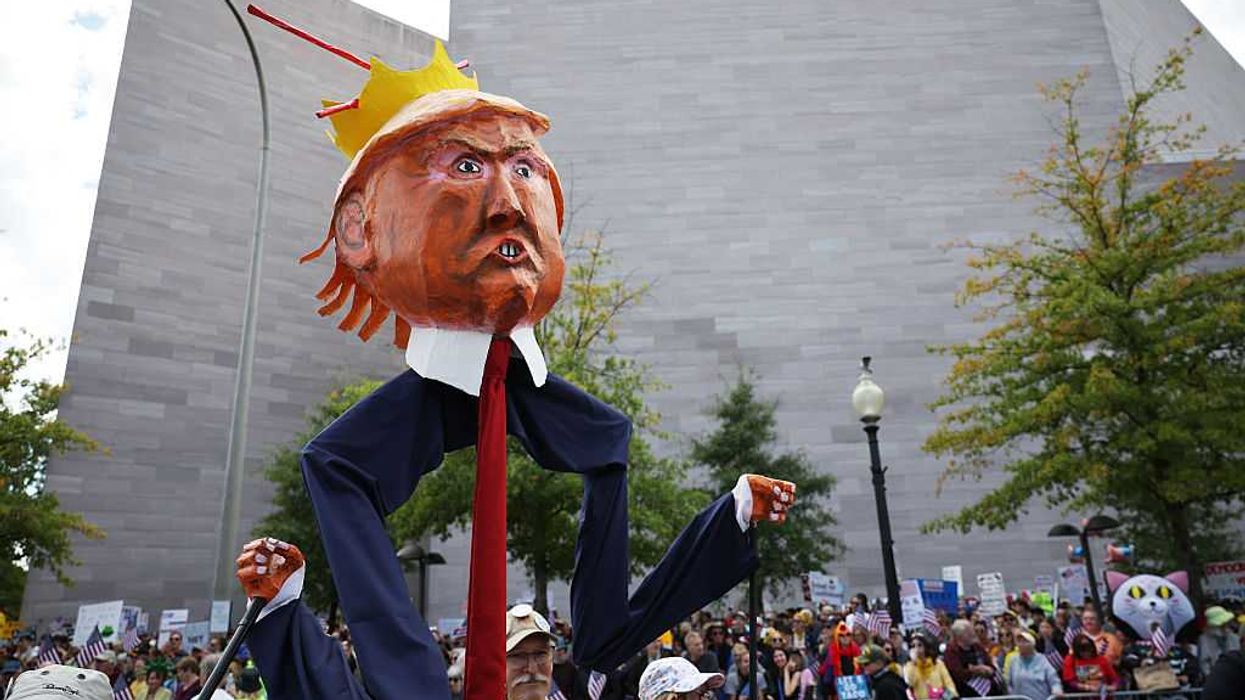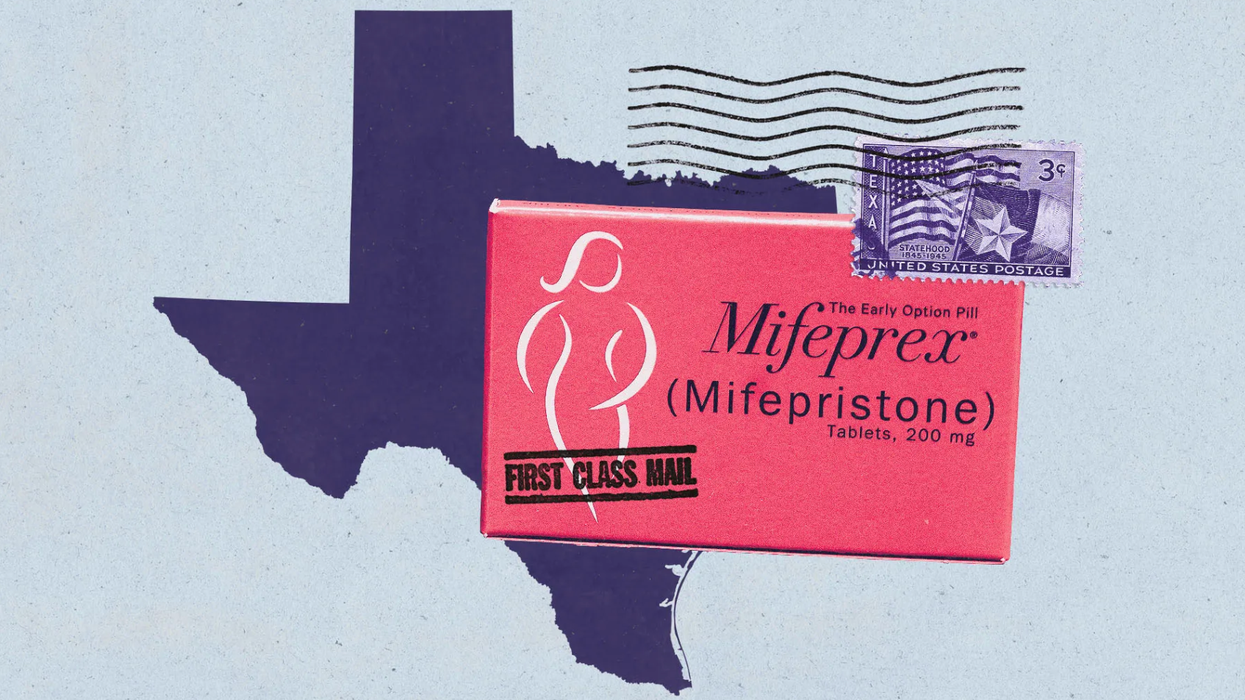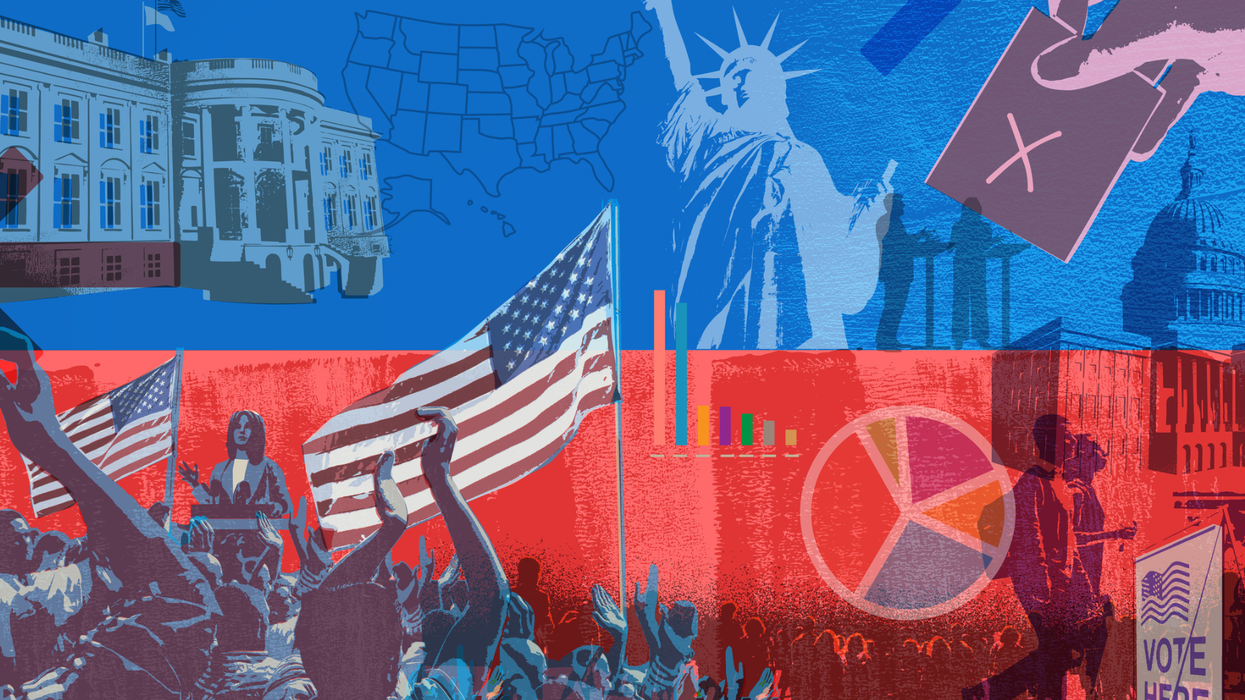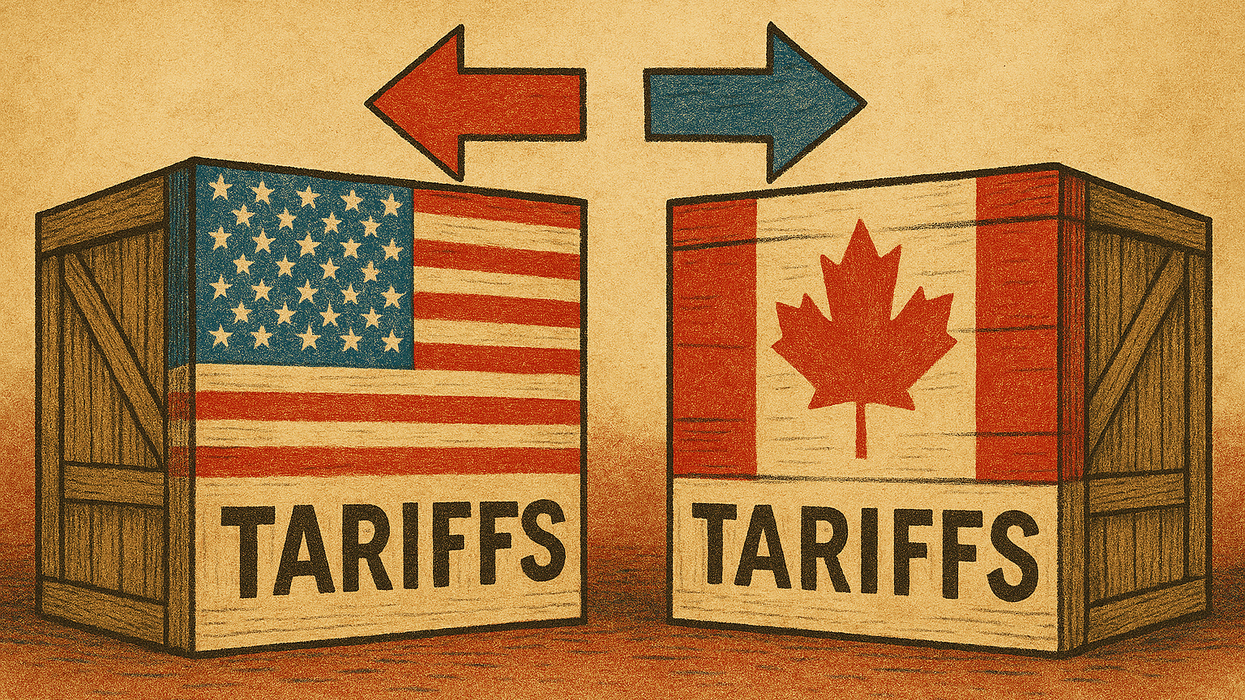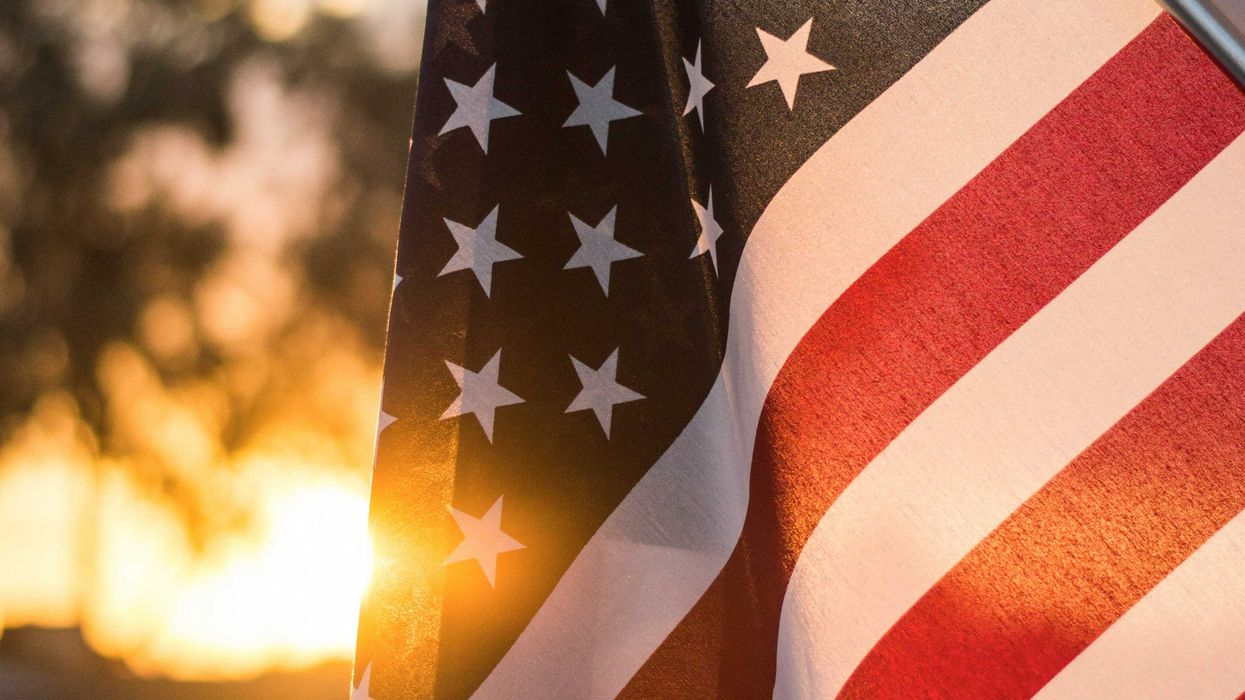Van Buskirk is an engineer and urban planner who has been active in politics since the 1960s. This summer he self-published "Big Mike, Uncle Dan and Me: How I Beat 20th Century New York State's Most Corrupt Political Machine."
In Cohoes, the suburb of Albany, N.Y., where I grew up, 85 percent of eligible voters cast ballots in the city elections of 1963. Last year, turnout for the municipal election was just 24 percent. What was the key factor that caused this phenomenon?
The Census Bureau pegged turnout for the 2016 presidential election at 61.4 percent. In Belgium, one of the handful of developed nations where voting is compulsory, 88 percent participated in last year's national election — so perhaps that's a reasonable upper limit to expect across the United States.
But turnout in our local elections is abysmally low. Research by Jan Brennan of the National Civic League found the highest recent participation in a mayoral election was 47 percent in Bradenton, Fla. — and the lowest was 6 percent. She recommended local contests always be on even-numbered years to coincide with federal and most state contests.
Many local candidates complain their races would then be overshadowed and they could not get their messages out. Other research concludes that many local elections lack competition, which results in low turnout. And Eric Oliver, an expert on local politics at the University of Chicago, says getting people to the polls for city contests is not necessarily best if they are not informed.
One way to address low turnout is to increase the number of potential voters. And one way to do that is by allowing eligible voters with valid ID to register and vote on the same day. Research suggests the 21 states with same-day registration have consistently higher turnout.
Modest increases in turnout are also reported by the five states that, even before the pandemic, had started sending return-by-mail ballots to everyone eligible for each election. And the same goes for the 16 states that automatically register residents to vote (unless they ask to opt out) whenever they do business with the motor vehicle bureau or some other state agency that keeps identifying records on people.
Many critics claim that the easier it is to vote, the easier it is to commit voter fraud. One Gallup poll found 59 percent of people have no confidence in the honesty of our elections. At the same time, a Pew Research Center poll after the 2018 midterm found 76 percent support for requiring an ID at the polls — which many in the political establishment oppose because it discourages minority voters.
Judicial Watch, a conservative foundation, recently reported on a county clerk in Michigan altering 193 absentee ballots. Los Angeles County had 1.6 million inactive voters on its rolls two years ago. And a close Democratic primary in June for a New York City congressional seat took weeks to decide after the mail-in system was beset with problems, from the Postal Service to the Board of Elections, with over 65,000 absentee ballots eventually disqualified.
In synthesizing the research there is general agreement on the following: Voter rolls need to be accurate. They need to be regularly updated to create confidence in the election process. Local elections need to be more competitive and voters need better information on local issues. And everyone who is legally registered should be encouraged to vote.
Now, back to my hometown.
Six decades ago, its 20,000 people included almost 13,000 eligible voters. They had to be at least 21 to vote in those days and they had to pass a literacy test. They had four days in October to register to vote in the November general election.
An entrenched and corrupt political machine controlled the city government and school board, so there was limited political competition. Apathy resulted in such slogans as "My vote won't count."
I was part of the group of citizens that organized to challenge the machine at the polls. This Citizens Party solicited candidates, raised money and built a get-out-the-vote organization. And its leadership designed and implemented this strategy to optimize turnout:
First, people in all 23 precincts were assigned to assemble a file with the name, address, phone number, party affiliation and voting record of every eligible voter. City directories, telephone books, motor vehicle registrations and canvassing helped create the databases.
Next, people were identified for registration during the four-day window, using personal contact to provide would-be voters information on the issues. One targeted group was the 1,500 who had recently voted in presidential and gubernatorial contests — but not local ones. By the end of the drive, 87 percent of eligible voters were on the rolls, a record.
Then, an information campaign began. The new party got its message out by having a four-page flier, outlying the party in power's corruption, delivered to every household in the city. Other activities were rallies, canvassing of every household, a parade and letters targeting various issues for various groups.
Finally, the party arranged for 21 deputy state attorneys general to be at polling places on Election Day to ensure the integrity of the vote and challenge ineligible voters.
Thanks to all that, a record 18 of every 20 eligible voters cast a ballot — and the Cohoes Citizens Party won by 1,462 votes.
By 2019, apathy had returned with 24 percent turnout for a noncompetitive mayoral election.
Voter turnout correlates with politically competitive elections, a key factor. The more competitive the higher the correlation.
